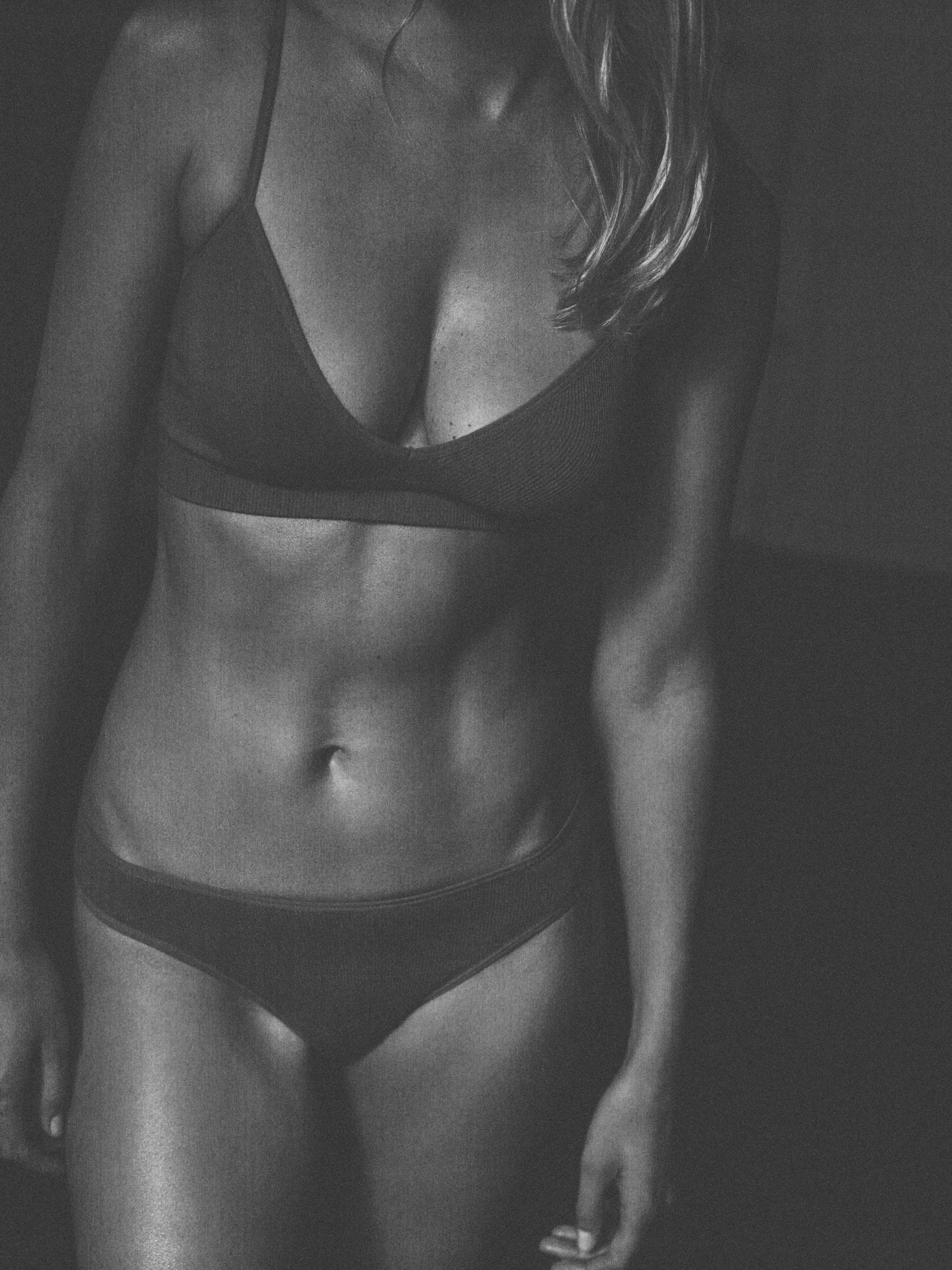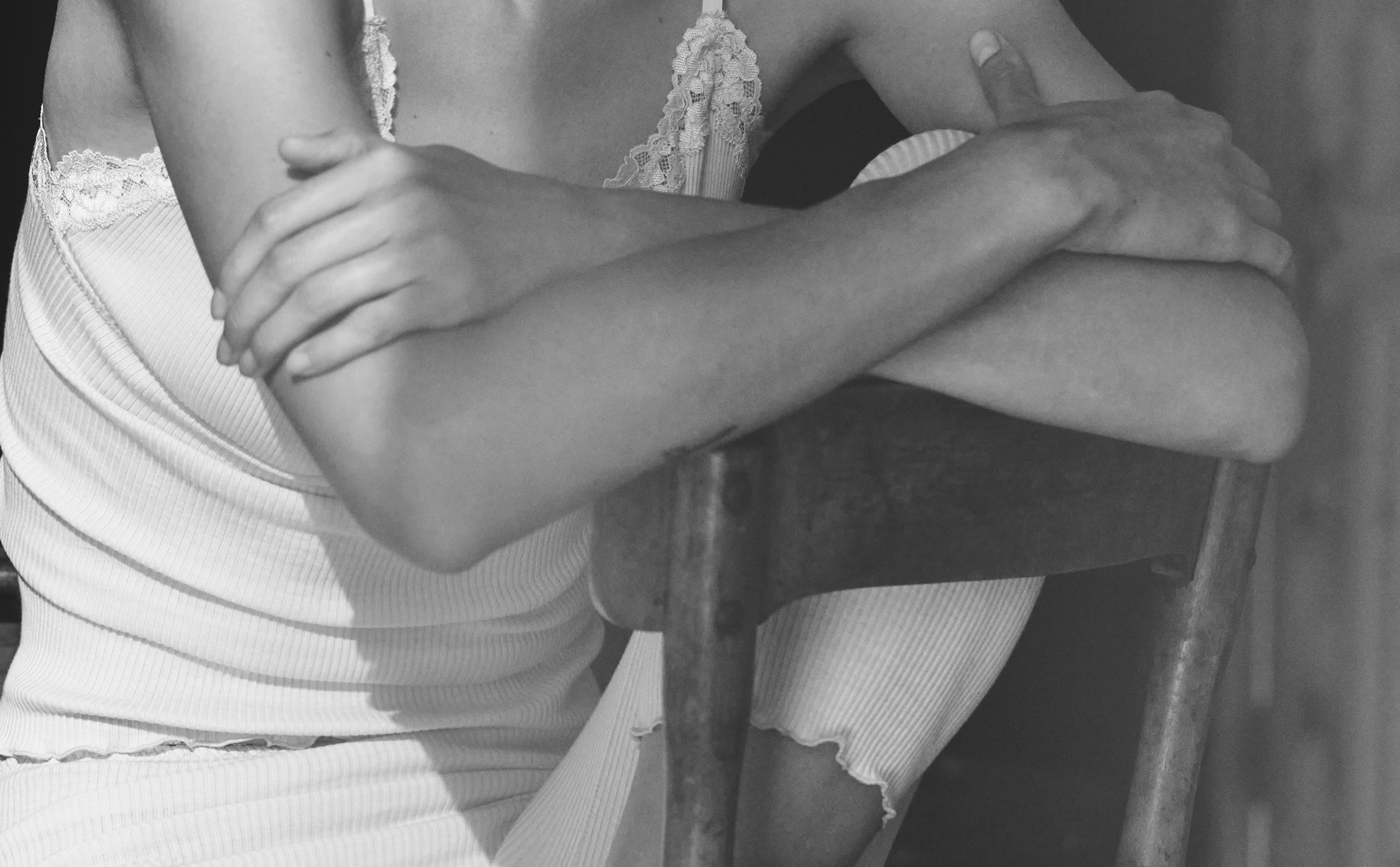
Last week, the fast-fashion retail giant Zara launched its first ever lingerie collection. Comprising 158 pieces in cashmere, silk and wool, the collection is a response to post-covid trends for comfortable clothing. The campaign for this new collection, photographed by Annemarieke van Drimmelen, features images of young, thin, flawless models posing in underwear and robes. The name of this collection? The Female Gaze.
So, what’s wrong with this? This is hardly the first time a global brand has vacantly co-opted a political movement or ideology for the purpose of selling people products. International Women’s Day, Valentines Day and Mother’s Day have become times for big brands to prey on women consumers. We’re used to women’s magazines who feign feminism and then bombard us with lists of things to buy to make ourselves look better. And of course we see through this thinly veiled—and often thinly bodied—strategy, but that doesn’t make it any less effective, or corrosive. Yet the Zara Female Gaze collection seems so brazenly cynical in its unapologetic, disengaged packaging of a pro-women ethos that it left me staggered.
The first issue with this campaign is the way in which the clothes have been photographed by Van Drimmelen. It’s the way that in the majority of the photographs, the female models’ heads appear to have been decapitated by the camera, cut out of the frame, therefore entirely eliminating their gaze entirely, and focusing the viewer’s attention squarely on the women’s pristine, preternatural bodies (one close-up stands out, as there is a single freckle discernible). And no, being a female photographer does not mean that you automatically possess a female gaze; I reached out to Van Drimmelen for comment but didn’t receive a response.
“The issue with such disembodied objectification is that it encourages us to see women as commodification”

The issue with such disembodied objectification, in which the objectified model is simply shown as a product, is that it encourages us to see women as commodification. These bodies lack any sense of agency; they do not look back at the camera, or even at themselves, replicating archaic tropes that conform exactly to the “male gaze”, a term that originated in Laura Mulvey’s groundbreaking 1975 essay. Mulvey addressed the fact that women are never shown as having the power in visual culture, and are never the intended spectator.
Since then the female gaze (something that has always existed in art) has been interpreted and defined by different women in different visual mediums, but it has been loosely agreed that the female gaze should centre the female experience in new and nuanced ways, and shatter the stereotypes that have become harmful to us. Conversely, these images are shot in an overtly voyeuristic style rather than collaborative manner, and seem designed to titillate the viewer, not the woman who appears in them. They are fashion images for a fashion website, and their intention is of course to sell an image of how one should look, but the messaging here is that we aren’t dressing for ourselves, and rather with the aim of being looked at by somebody else.
The lack of size diversity also bothers me as they fall flat when it comes to representing different kinds of bodies. Why are the only models included those who are size 2 and under 25 years old? While sold to the consumer with an explicitly pro-women ideology attached to it, Zara’s new underwear is in fact not available or accessible to the majority of women: the sizes range only as far as a standard UK size 10 (labelled by Zara as ‘L’) or a B-cup bra size; according to statistics, in the UK the average dress size is 16 and bra size 36DD.

“These bodies lack any sense of agency; they do not look back at the camera, or even at themselves”
The female gaze is far from a fixed, defined or homogenous thing; it is evolving and complex and open to many different interpretations, by different people. But it has a real purpose in the world, and that is to represent women as human beings, something we’ve been denied for centuries and are only just beginning to recognise. As the female gaze has gained currency in visual culture, things have started to change in how women are seen and represented in the mainstream. This campaign may appear to be innocuous appropriation, just another conglomerate aligning itself with the values of the day without meaning or context, but to view it as a throwaway misalignment is a mistake.
Zara has the power to reach and influence millions of people all over the world. This kind of marketing is irresponsible and sets us back to the beginning, turning the female gaze—one of the most radical and revolutionary ideas of the last century, that has contributed to the progress of women on so many levels—into little more than a marketing tool. It defangs the female gaze of its political teeth. This is the female gaze as the patriarchy would want it: pretty and powerless.




